(November 22, 2024) “Life is miserable without community,” Anita Chhiba declares, her voice resonating with the conviction of someone who has lived through the absence of belonging. For Chhiba, founder of the globally celebrated platform Diet Paratha, this belief is the cornerstone of her work. With over 154,000 followers and collaborations with global brands like Vogue India and Burberry, Diet Paratha is far more than an Instagram page. It is a cultural reset—a platform where South Asians are celebrated not for fitting into stereotypes but for breaking them.
“Diet Paratha is flipping cancellation into celebration,” Chhiba explains. This philosophy, central to her platform, has struck a chord with South Asians across the world. It has become a space to feel seen, a place to find opportunities, and a tool to amplify the voices of those long overlooked in creative industries. But behind the glossy posts and accolades lies a deeply personal story of identity, struggle, and determination.
View this post on Instagram
From Invisibility to Influence
Born in New Zealand to Gujarati parents, Anita Chhiba’s journey to creating Diet Paratha is rooted in her own experience of feeling invisible. “I kind of resented who I was from an identity perspective for over half my life,” she admits. Growing up in a predominantly white environment, representation for South Asians in media and culture was scarce. “New Zealand wasn’t exactly set up to nurture that side of me,” she says, reflecting on the cultural isolation she felt during her formative years.
Despite this, Chhiba’s love for art and storytelling persisted. A creative at heart, she found her way into graphic design after dropping out of high school. “Somehow, I made it to uni with my graphic design portfolio,” she recalls. Her career began with a creative recruitment agency, which introduced her to project management and advertising. By the time she moved to London in 2017, Chhiba had worked her way up to a senior level in advertising. But something was missing. “I was never seen, heard, or respected,” she says. “There wasn’t enough diversity—of thought or people.”
The Birth of Diet Paratha
Diet Paratha began as a passion project. Initially a digital mood board, the Instagram account showcased vintage Bollywood posters and South Asians excelling in unconventional spaces. “I had this massive archive of imagery,” Chhiba recalls. “During the pandemic, I started posting every day. People really started to feel seen.”
The platform’s name is a playful nod to the viral fashion watchdog Diet Prada, but the similarities end there. While Diet Prada thrives on takedown culture, Diet Paratha is all about celebration. “I wanted to create a space free from the shackles of cancellation and assimilation,” Chhiba explains. It’s a space where South Asians can be unapologetically themselves.
Today, Diet Paratha is more than an Instagram account. It has grown into a creative agency offering mentorship programs, hosting events, and producing projects that celebrate South Asian talent. The Family Tree Mentorship program, for instance, pairs emerging creatives with industry leaders, providing them with opportunities and guidance that Chhiba herself lacked growing up.
View this post on Instagram
A Cultural Reset in Action
Diet Paratha’s impact is tangible. In 2022, Chhiba collaborated with Vogue India to produce YouthQuake, a 27-page story highlighting South Asian talent. Over seven days, her team pulled off 21 shoots across the globe. “It was a cultural reset,” she says. The project was a testament to Chhiba’s ability to not only curate talent but to shift the narrative around South Asians in mainstream media.
Events like the Diet Paratha Family Meeting in Auckland have also brought the platform to life. The event, which united South Asian creatives from across New Zealand, featured panel discussions on navigating racism and culture in creative industries. “I hadn’t experienced anything like it in New Zealand,” Chhiba says. “It felt like we were finally telling our own stories.”
Flipping the Script on Representation
Chhiba’s vision for representation is nuanced. She avoids pandering to the “white gaze” and is deliberate about the narratives she platforms. “We are no longer accepting the notion of being put inside a box,” she asserts. For her, representation isn’t just about visibility; it’s about authenticity. “It’s about challenging the status quo while respecting our individual backgrounds.”
This commitment to authenticity has made Diet Paratha a trusted resource for brands and creatives alike. From casting all-South Asian lineups for Burberry to curating projects for Byredo, Chhiba has consistently demonstrated the power of meaningful representation. “It’s not just about being seen,” she explains. “It’s about being respected and paid.”
Building a Community, One Connection at a Time
At its core, Diet Paratha is about community. For Chhiba, success is meaningless without others to share it with. “The most fulfilling experience is bringing people together and having them feel seen,” she says. This sense of connection extends to every aspect of her work, from the creatives she platforms to the audiences who engage with her content.
Chhiba’s community-building efforts are particularly evident in her mentorship initiatives. Through programs like Family Tree, she has created a pipeline for South Asian talent to thrive in industries that have historically excluded them. “It’s about expanding that network,” she explains. “Representation for some eventually translates into representation for others.”

Navigating Challenges and Looking Ahead
Chhiba’s journey hasn’t been without challenges. As a South Asian woman in the creative industry, she has faced skepticism and bias. “Closed mouths don’t get fed,” she says, quoting advice that has kept her driven. “If you want it, you have to go after it.”
Balancing the demands of running Diet Paratha with her personal growth is another challenge. “My identity, passion, and culture are so wrapped up in my work that it becomes an ecosystem, constantly feeding itself,” she reflects. This interconnectedness has been both a strength and a source of pressure.
Despite these challenges, Chhiba remains focused on the future. She is selective about collaborations, prioritizing projects that align with her values. “It’s about taking ownership of our stories,” she says. For Chhiba, the ultimate goal is to empower the next generation of South Asians to tell their own stories, on their own terms.
A Legacy of Celebration
Anita Chhiba’s story is one of transformation. From feeling invisible in a predominantly white New Zealand to leading a global movement for South Asian creatives, she has redefined what representation looks like. Diet Paratha stands as a testament to her vision, proving that when you change the narrative, you change lives.
For Chhiba, the journey is far from over. “All my wildest dreams have come true,” she says, reflecting on her accomplishments. But she knows there is more work to be done. As she continues to build Diet Paratha, her mission remains the same: to celebrate South Asians not for how they fit in but for how they stand out.
- Follow Anita Chhiba and Diet Paratha on Instagram.
- Discover more fascinating Stories

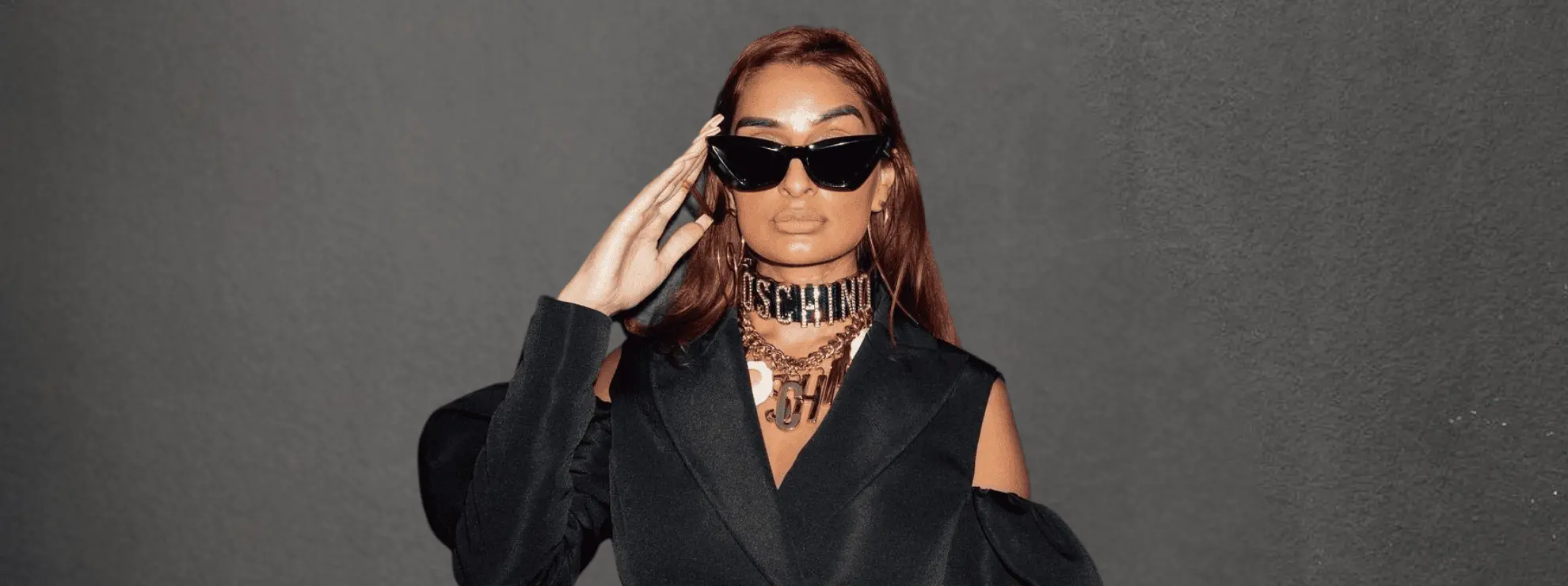
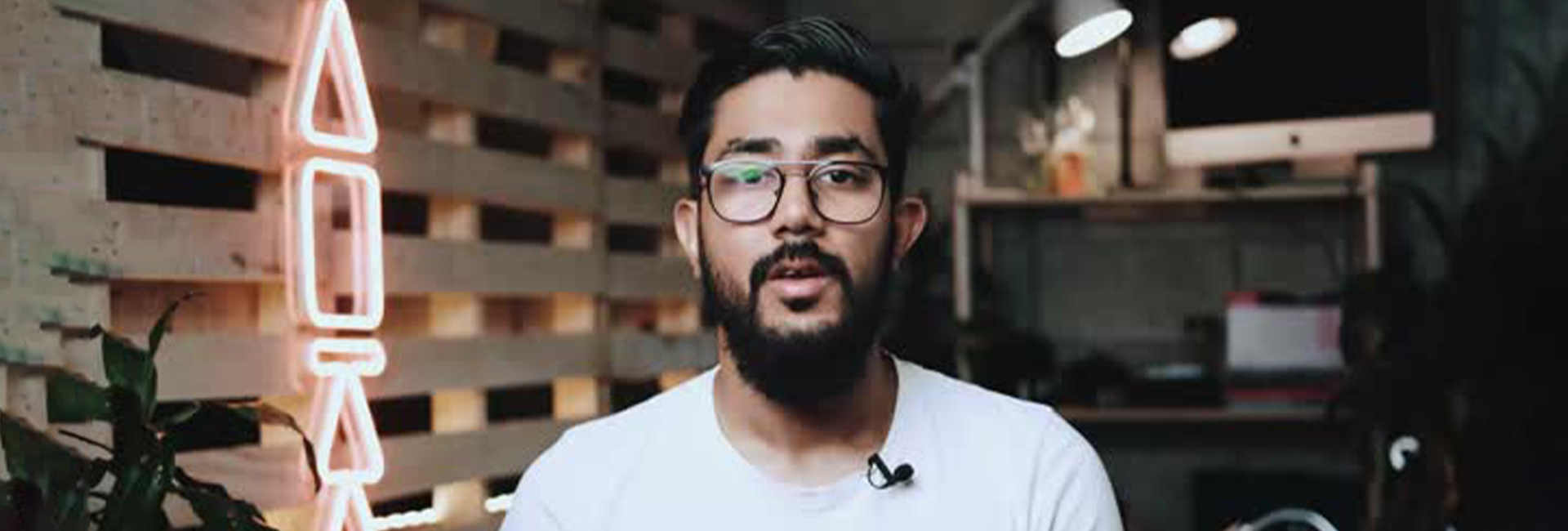
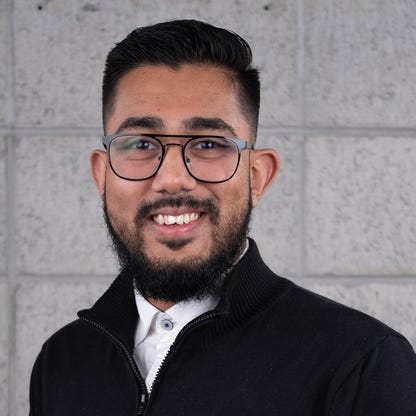 Kaushik Kumar[/caption]
Kaushik Kumar[/caption]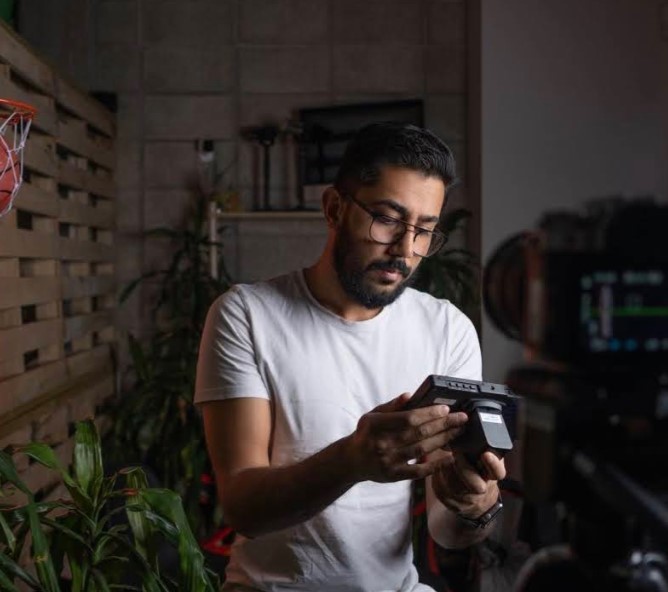

 Indian composer Charu Suri[/caption]
Indian composer Charu Suri[/caption]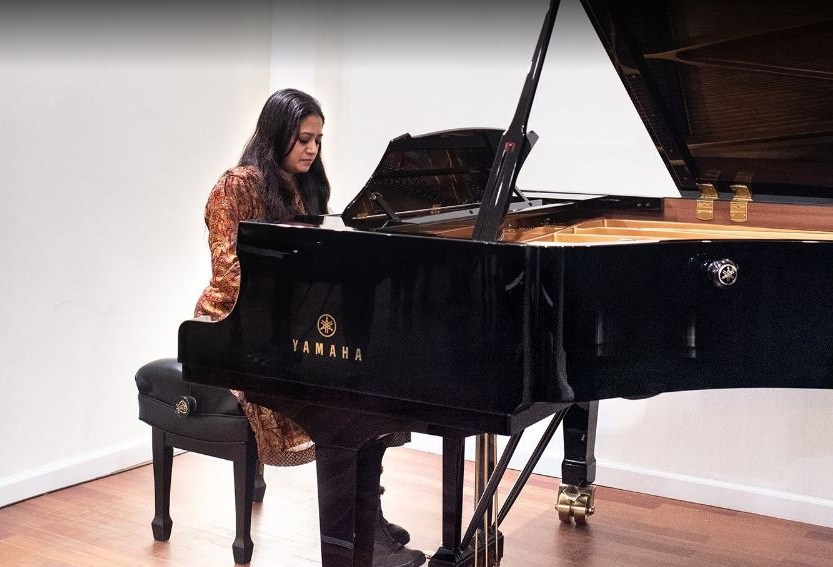

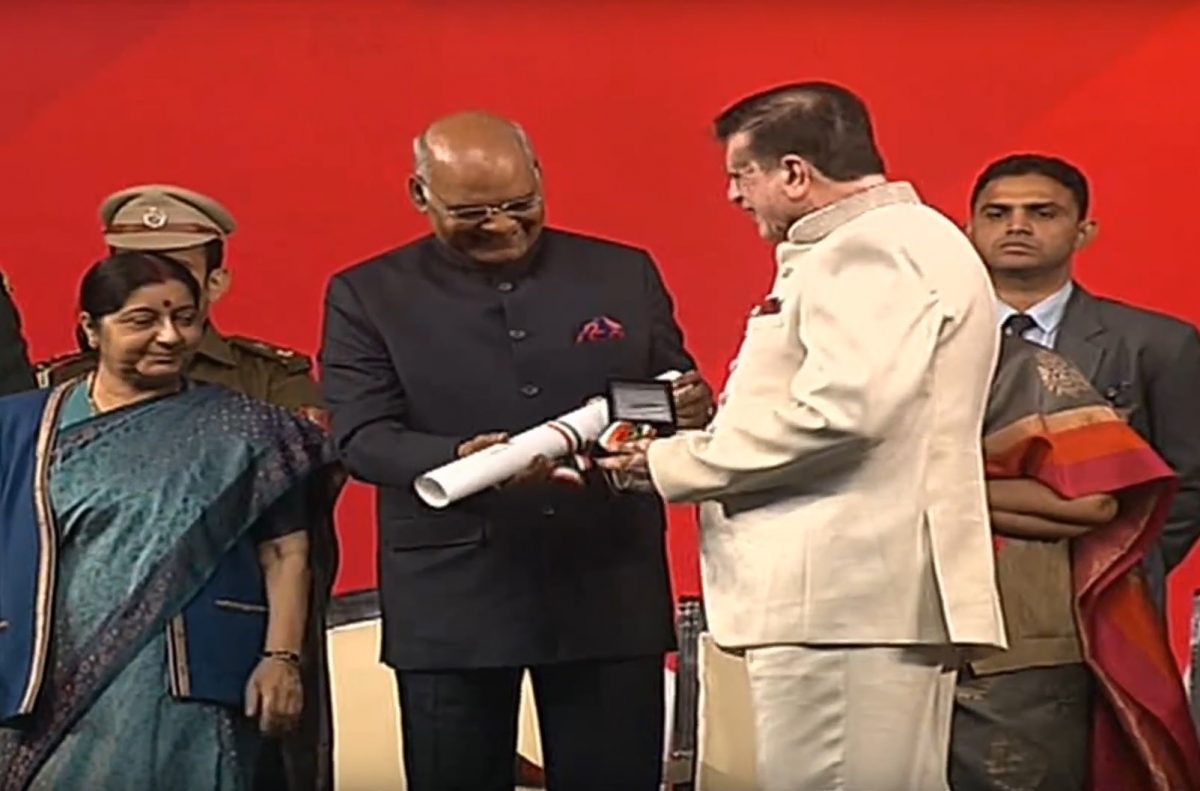 Dr. Kiran Patel receiving the Pravasi Bharatiya Samman from former President Kovind[/caption]
Dr. Kiran Patel receiving the Pravasi Bharatiya Samman from former President Kovind[/caption]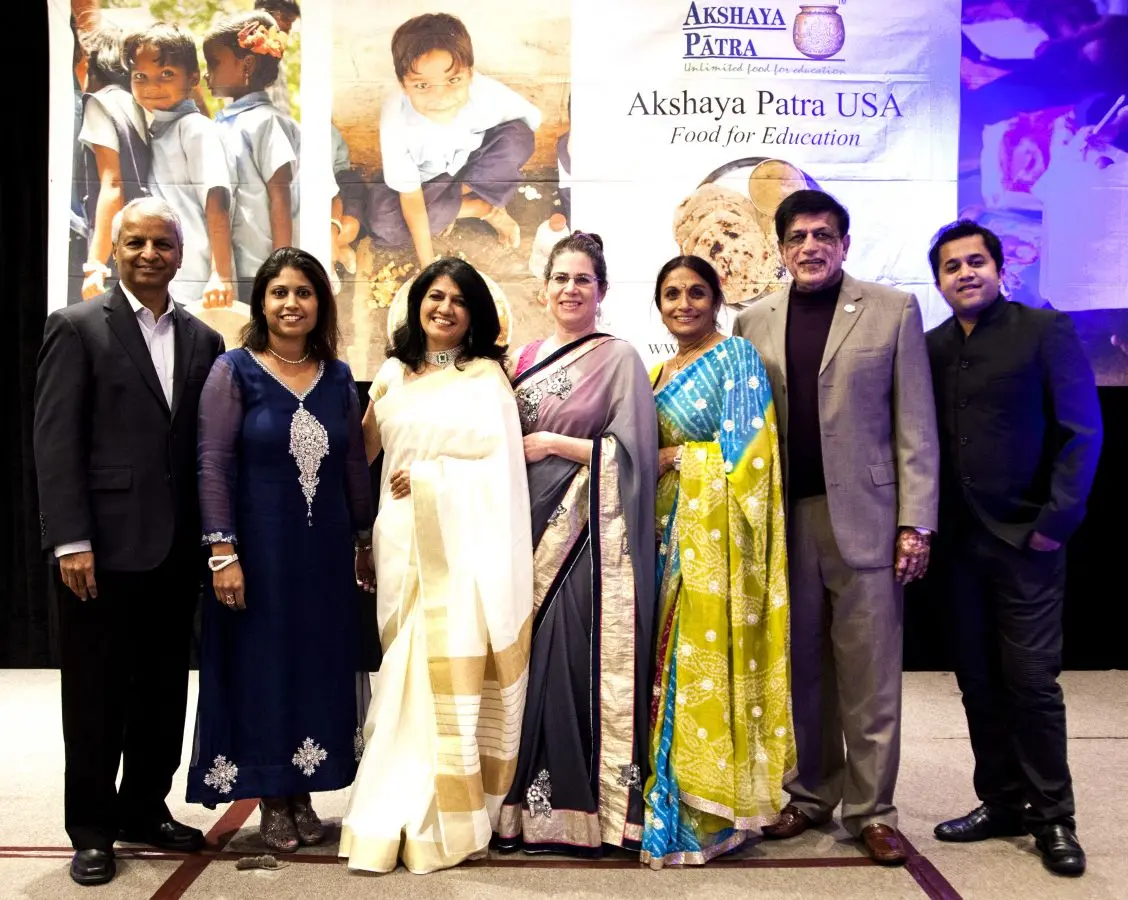




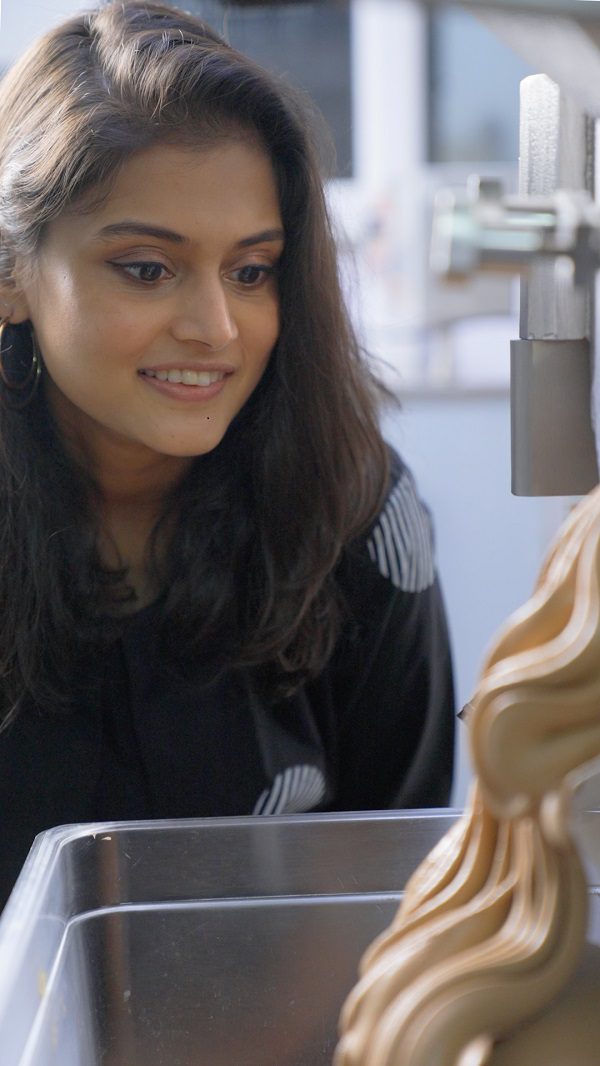

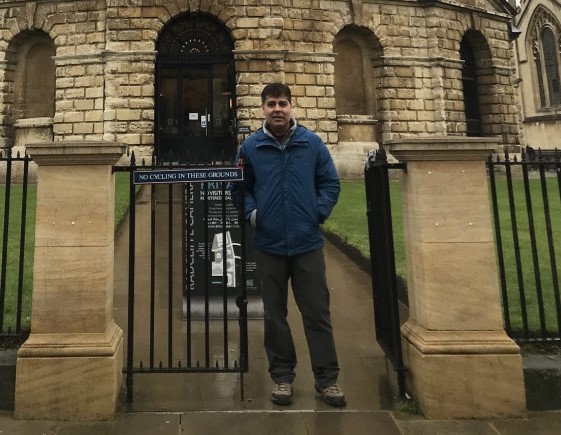 Ashutosh Mehndiratta[/caption]
Ashutosh Mehndiratta[/caption]
